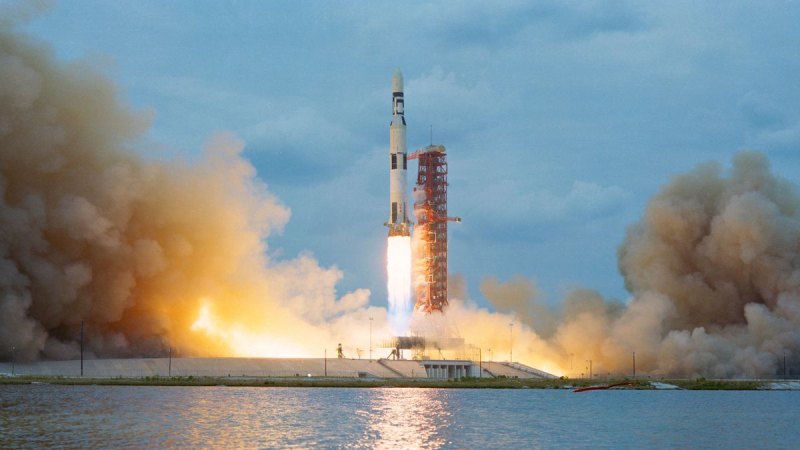On January 25, the United States will make its lunar return after a 51-year hiatus.
The expedition will take place almost 55 years after the historic Apollo 11 mission, which produced a major source of national pride: the landing of the first American on an alien planet. January’s mission, though, won’t be like the Apollo missions, which made multiple moon landings. This time, a private company called Pittsburgh-based Astrobotic will build the craft instead of NASA. Additionally, there won’t be any astronauts on board; the landing will be fully autonomous.
John Thornton, CEO of Astrobotic, disclosed the return to moon date during a press conference on Wednesday. He outlined the challenging task that awaited them.
“One of the big challenges of what we’re attempting here is attempting a launch and landing on the surface moon for a fraction of what it would otherwise cost,” he stated. “Only about half of the missions that have gone to the surface of the moon have been successful.”
“So it’s certainly a daunting challenge,” he stated. “I’m going to be terrified and thrilled all at once at every stage of this.”
On Christmas Eve, the rocket, named Vulcan Centaur, is supposed to launch from Florida. When the moon’s conditions are right, the craft will circle the moon for a long time before sending the lander down on its.
The NASA logo was emblazoned on the Peregrine lunar lander when it arrived in Florida on October 31 to be prepared for the mission.
“It’s incredible to realize that we are just a short time away from our Peregrine spacecraft beginning its journey to the moon,” Thornton stated at the time. We are incredibly close to achieving our moonshot after years of commitment and laborious work. We cordially invite you to track Peregrine as it launches to the moon and attempts one of the first successful landings of an American spacecraft since Apollo, with representatives from seven different countries on board.”
As part of the CLPS program, the government hired the company to send technologies and scientific experiments to the moon.





